Cultural philanthropy is changing. Art collectors, patrons and a young generation of art lovers are curious and hungry for being in-the-know, for gaining direct and exclusive access to artist studios, eminent private collections, out-of-hours curator tours and attending the advanced preview of the preview of an exhibition. I enjoy the lot. However, the full potential of bespoke art engagement is greater. Art enthusiasts see art and culture as part of their lifestyle. They travel globally to see fairs, biennials and key exhibitions. It is only a matter of time that fatigue of content-spread-thin and lack of distinct experiences catch up.
IñigoArt has partnered with Art Tours to develop bespoke cultural travel and curated art experiences that unlock unique and unforgettable moments, coupled with all the indulgence of luxury travelling. We know that art enthusiasts are becoming more and more sophisticated in their knowledge and expectations. We would like to share our expertise and passion for art with an audience who looks for a genuine moment of personal resonance, a transformative conversation with an artist in the studio or reaching an art destination after a revelatory pilgrimage.
The idea of the pilgrimage is a romantic and idealized view of the search for something that is meant to make as whole. The journey, the time that takes us and what happens before we get to the destination, is what matters. To reach the destination is the ultimate climax. We are looking for a revelation. We want to find beauty in its raw and natural face and we want a piece of it. IñigoArt and Art Tours will guide you in that unrepeatable experience. If you are interested in a bespoke tour, contact us.
LAND ART IN THE VAST DESERT
Hours apart through the desert are Spiral Jetty by Robert Smithson (1938-1973, USA) and the Sun Tunnels by Nancy Holt (1938-2014, USA); two landmark land art installations that allow you to take in the arid landscape and the natural elements as you venture in the search.
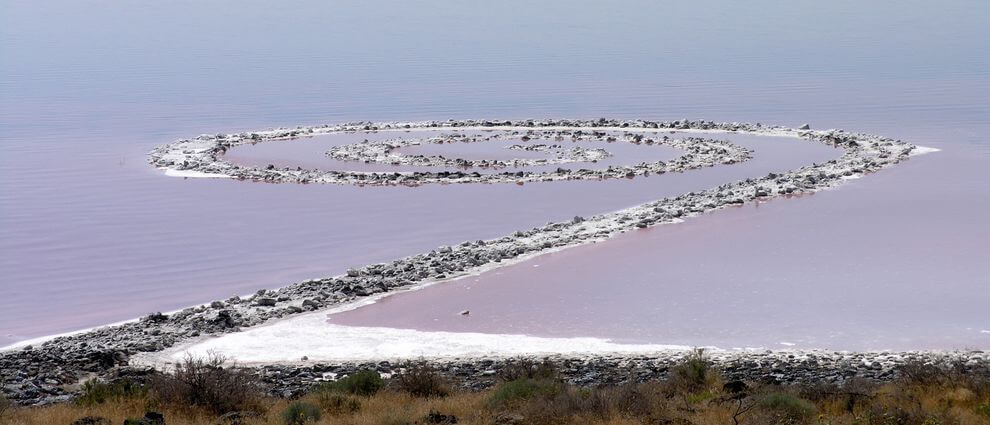
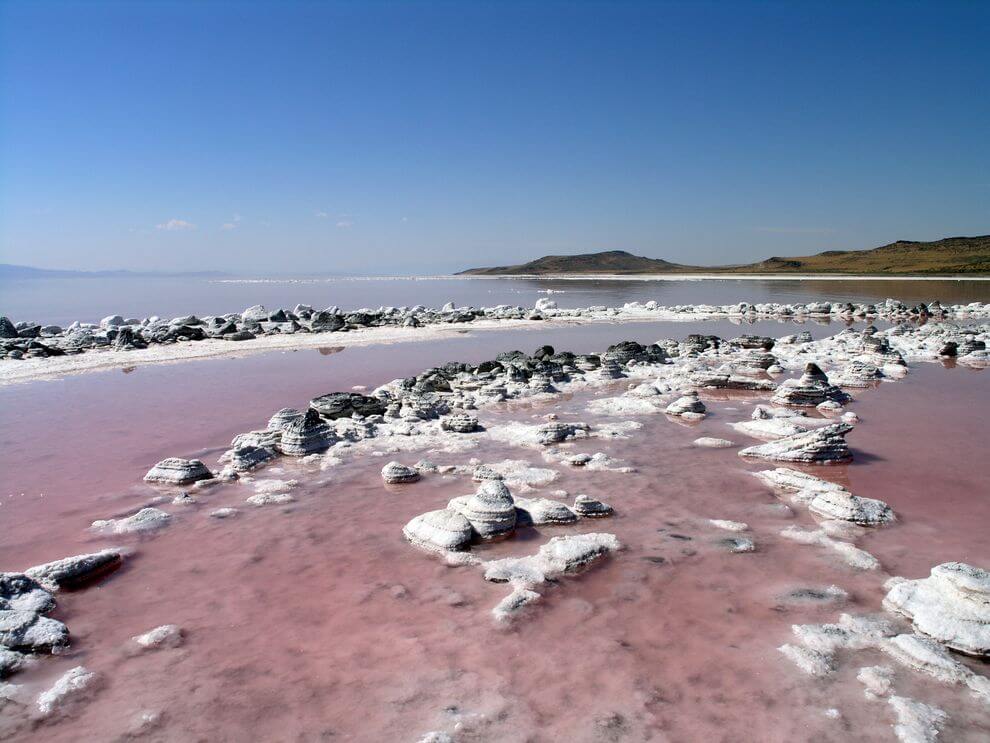
Spiral Jetty is one of the most iconic works of the 1970s’ land art movement, built in Utah’s northeastern shore of the Great Salt Lake. It is made out of basalt rocks covered in salt crystals from the surrounding water and mud, creating artwork that is inextricably dependent on the natural landscape that surrounds it. When it was first created, the lake was experiencing a drought that caused exceptionally low water levels. Once the water levels returned to average, the work became submerged and has stayed that way except for few brief reappearances when the water conditions are similar to the drought when the work was made. Artist Nancy Holt, to whom Smithson was married 1963-73, said of Spiral Jetty, “In its scale and ideas, this sculpture embodies the spirit of some of the great monuments of past civilizations yet it is wholly contemporary in concept and execution.”
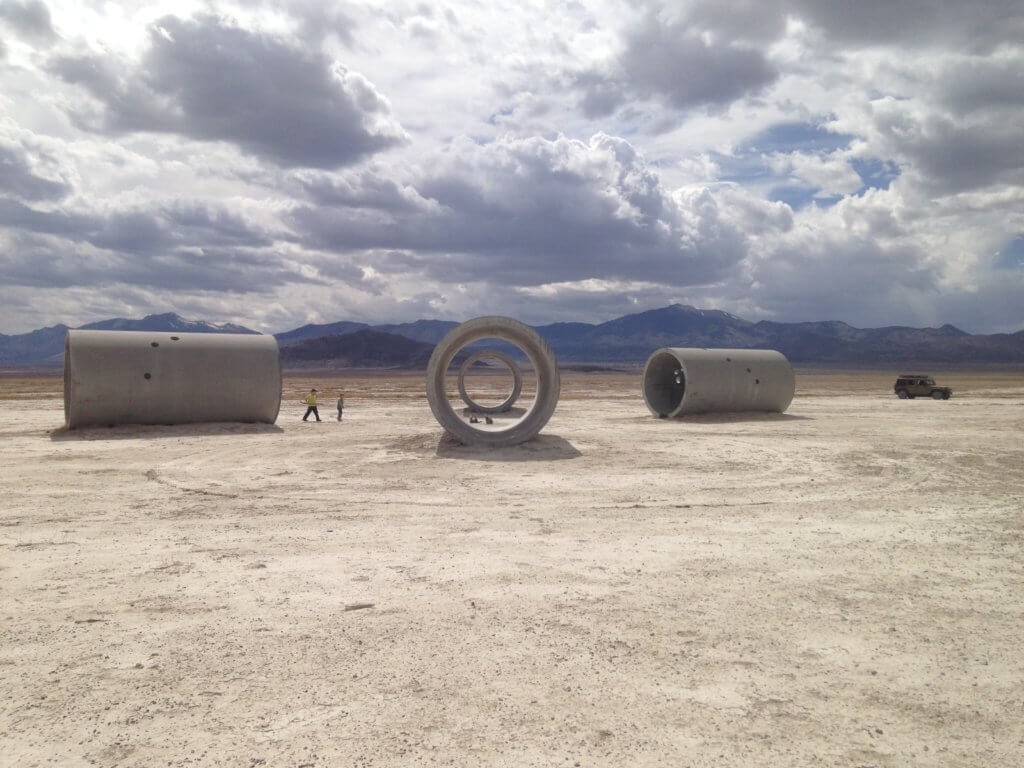

On the year of Smithton’s death, after his small plane crashed when he was site searching for a new land art piece, Holt started preparations for Sun Tunnels (1973-1976). It consists of four massive concrete tunnels, laid out in the desert in an open X configuration. On the solstices, the tunnels frame the sun as it passes the horizon at sunrise and sunset. In the top of each tunnel, Holt drilled small holes to form the constellations of Draco, Perseus, Columba and Capricorn. These holes and the four concrete tubes act as viewfinders framing precise images which, in Holt’s words, “bring the vast space of the desert back to human scale.”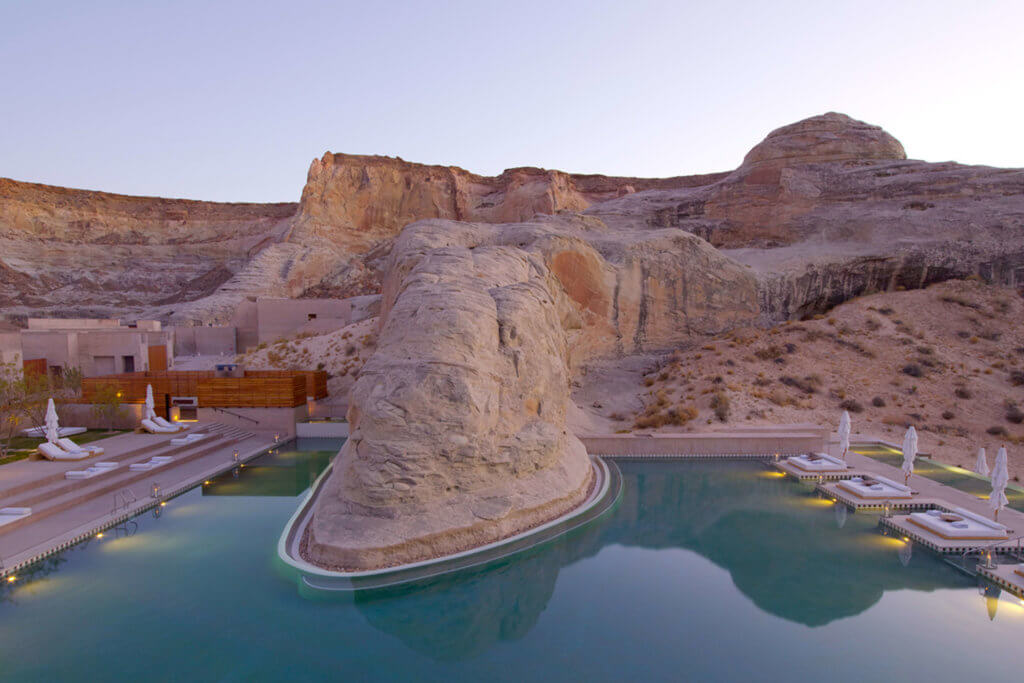
Both of my dream art pilgrimages in the desert start at Amangiri. This boutique resort is tucked into a protected valley in the heart of the Grand Circle and near the Grand Canyon. I want to come here for the swiping views of dunes, plateaus and mountain ridges but also to unplug from civilization.
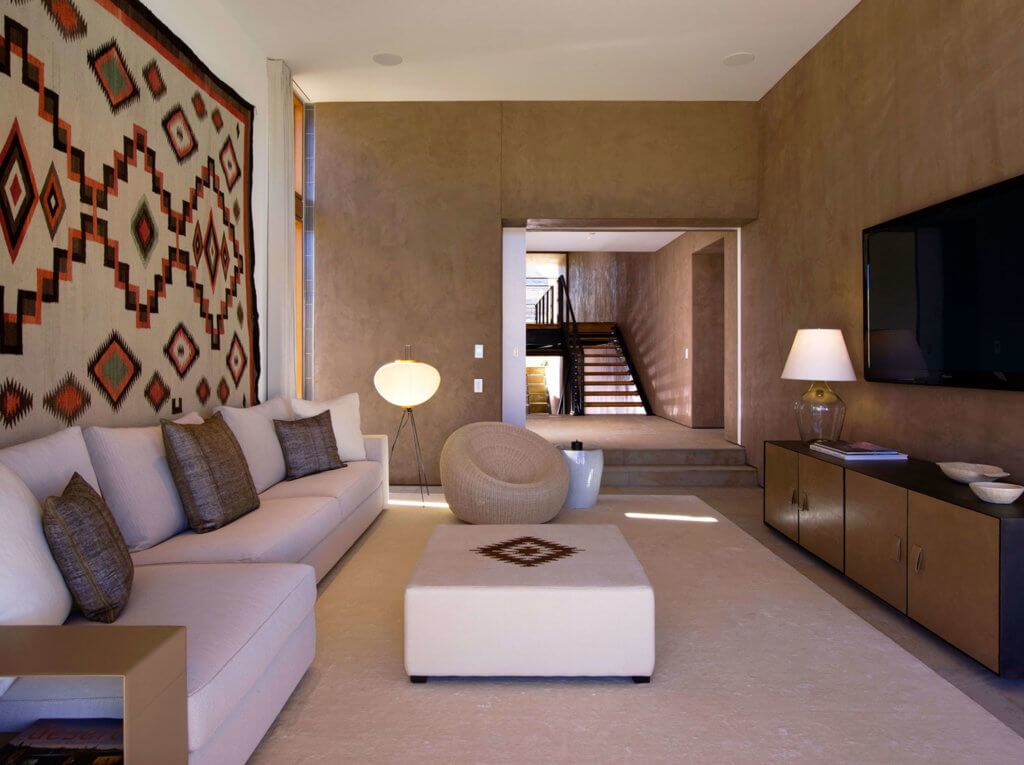
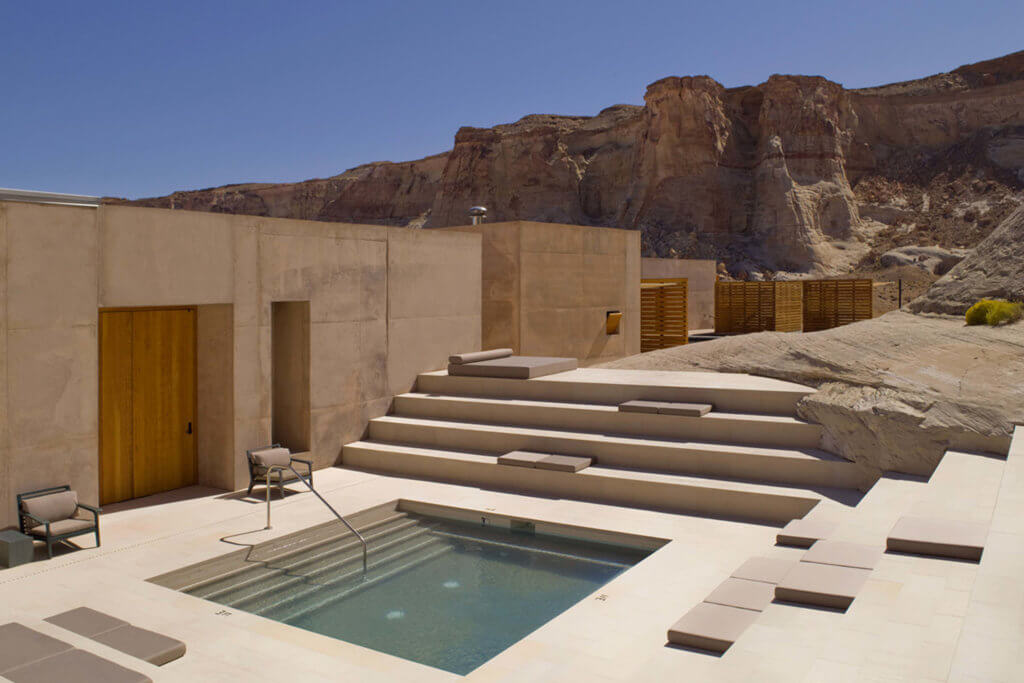
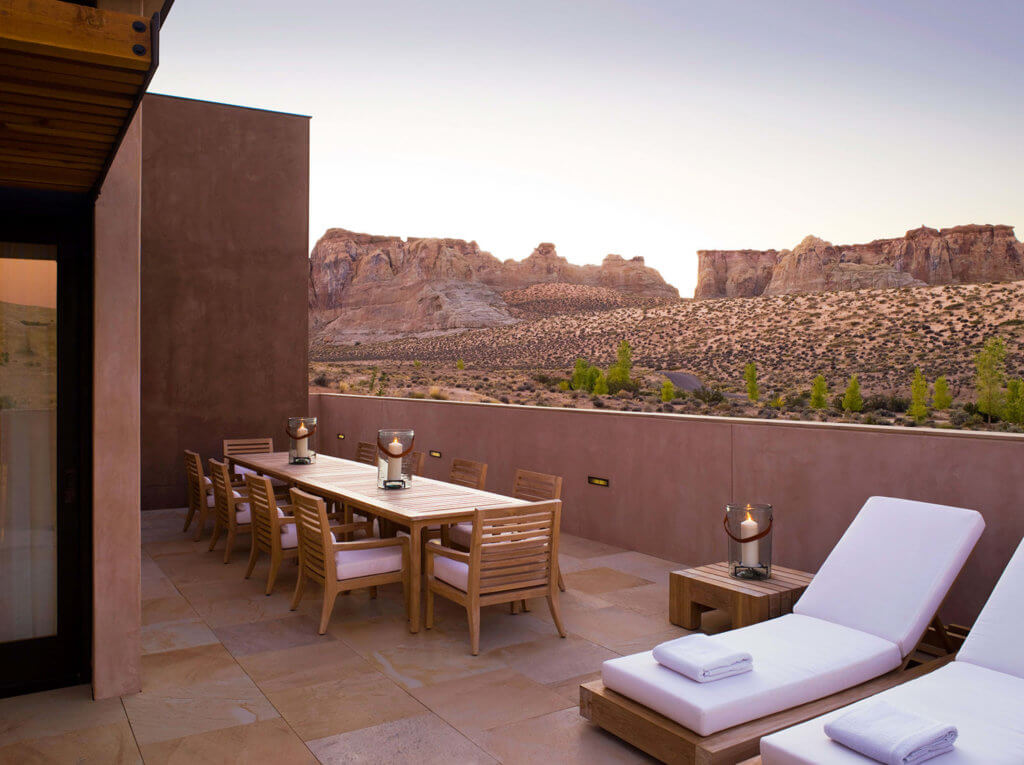
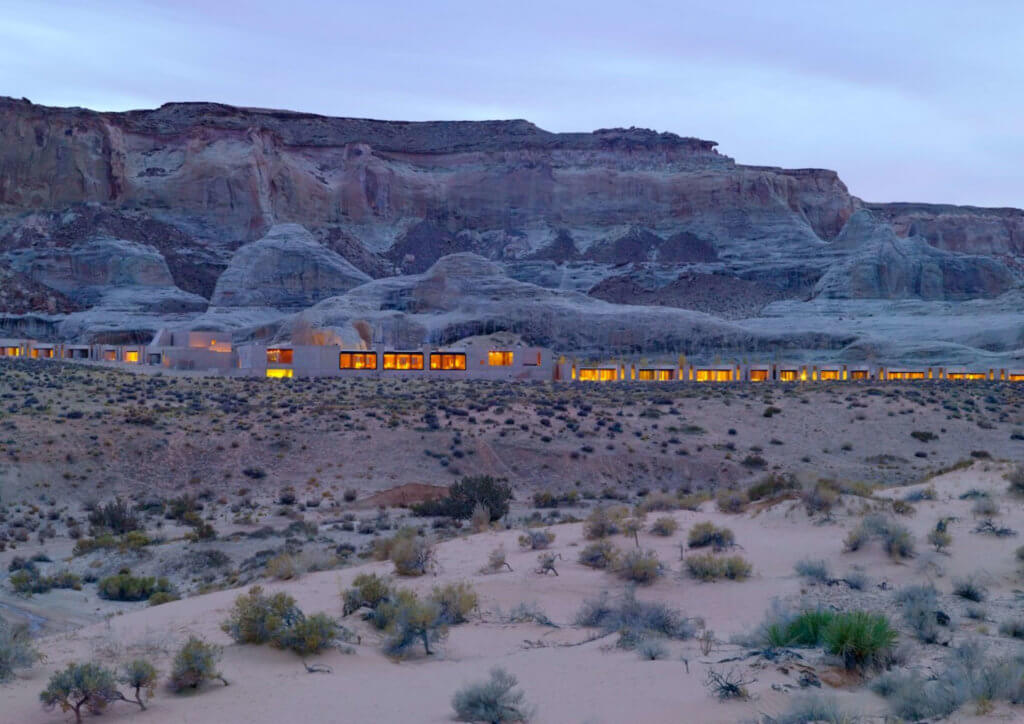
GRAND CANYON FROM SUNRISE TO SUNSET
After a proper unplugging at Amangiri, there are two land art projects dotted around the dramatic background of the Grand Canyon: Double Negative by Michael Heizer (b.1944, USA) and Seven Magic Mountains by Ugo Rondinone (b.1964, Switzerland).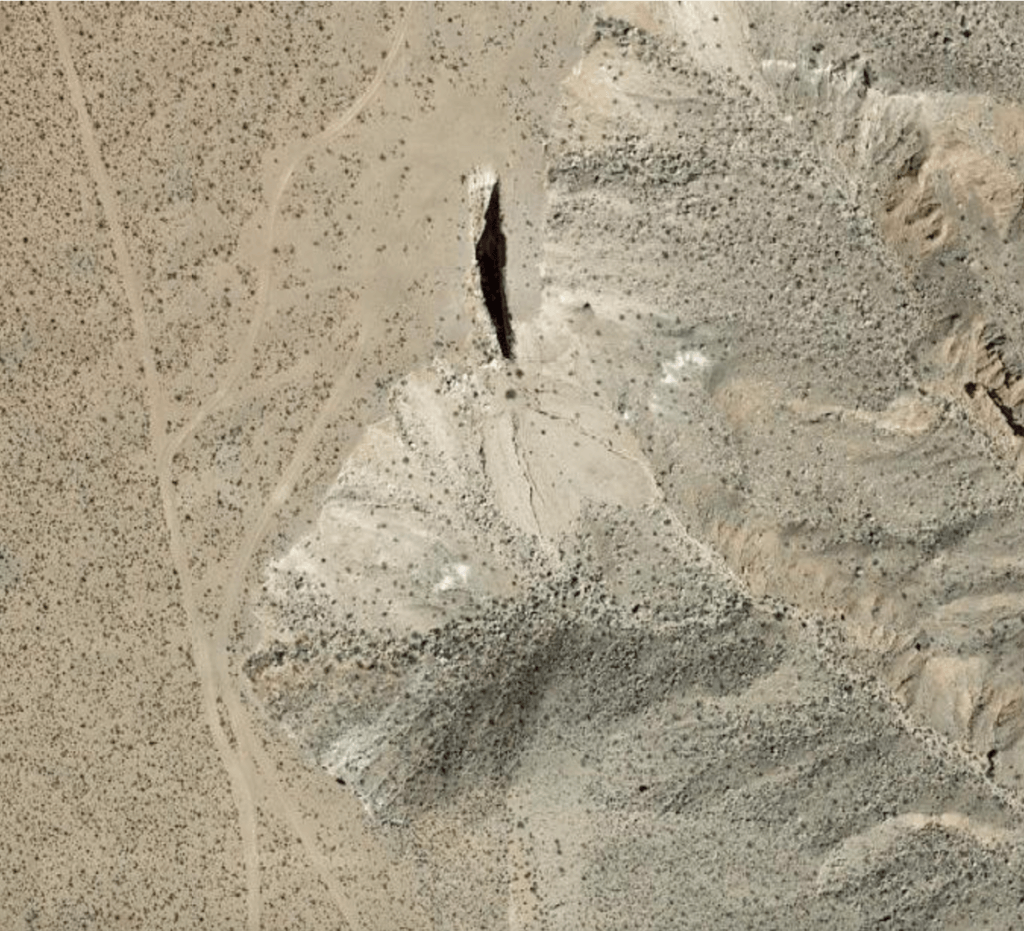
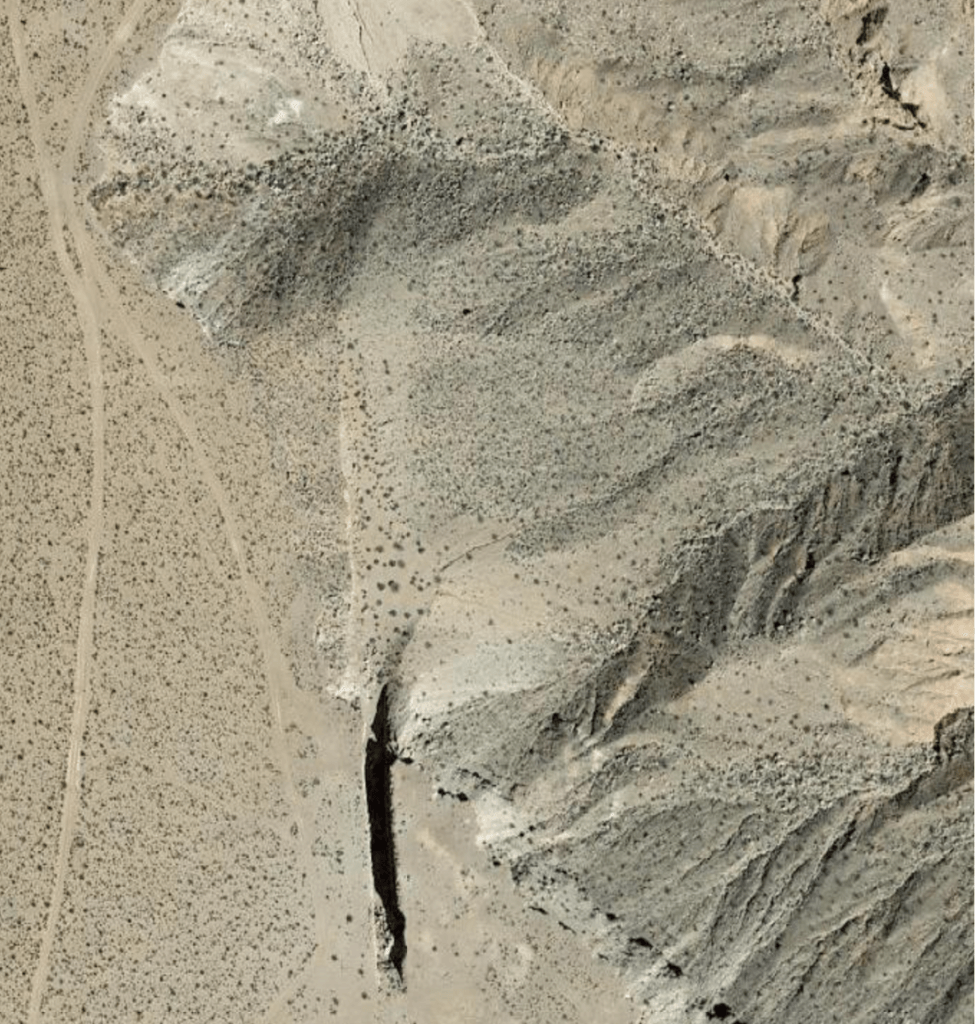
Double Negative is Michael Heizer’s first prominent earthwork. It consists of two trenches cut into the eastern edge of the Mormon Mesa in the Nevada desert in 1969-70. The trenches line up across a large gap formed by the natural shape of the mesa edge. A reported 240,000 tons of rock was displaced in the construction of the trenches. Conscious of the constrains of the gallery walls and studio space, Heizer’s Double Negative was among the first artworks that use the natural environment as their medium. Scale, the act of subtraction as creation and the remoteness from any cultural context make this work a milestone in art history.
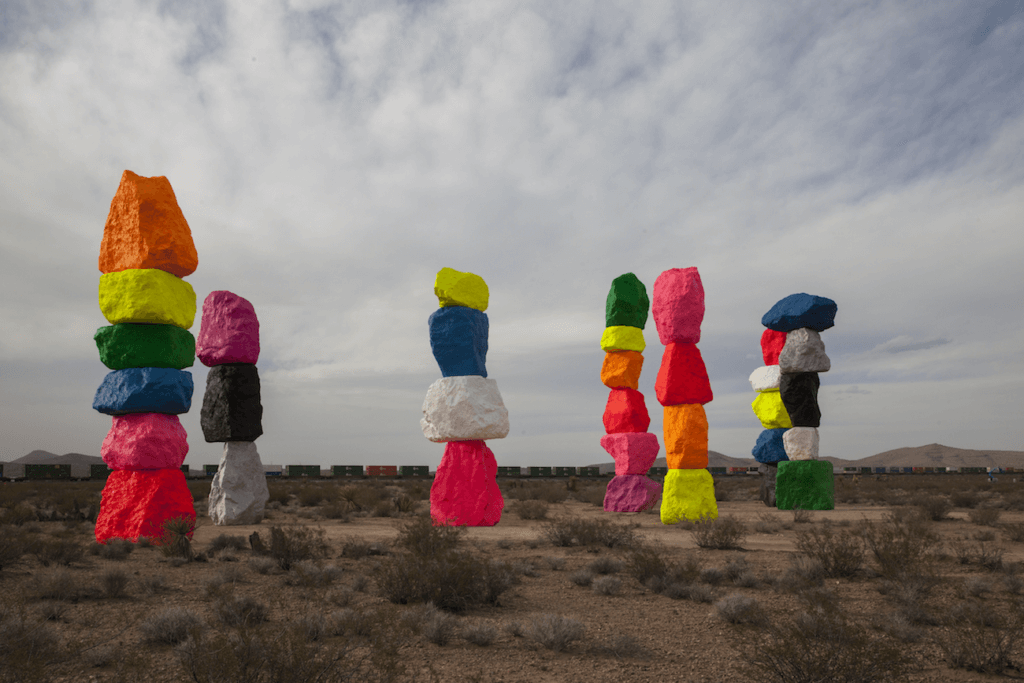
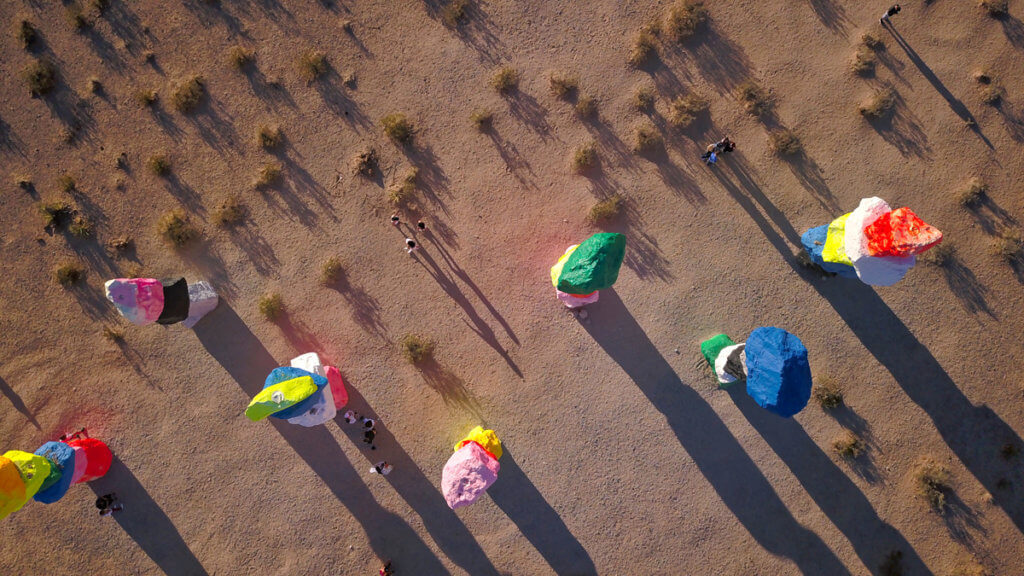
Set in the Mojave Desert near Las Vegas at the beginning of last year, Seven Magic Mountains by Rondinone consists of locally-sourced limestone boulders, stacked vertically and painted in fluorescent colours. The work continues Rondinone’s fascination with natural phenomena and reformulating it in art. Ugo Rondinone’s eclectic work balances contradictory categories. In this case, despite the monolithic presence of the stacked rocks, the colors are so bright that they do not look real against the bland earthy landscape of the desert.
ROAD TRIP FROM LOS ANGELES TO MARFA
Separated by a road trip out of a film set, start your trip with the urban vibrancy of the art scene in LA before you reach the remote town of Marfa. The small desert city in west Texas, is known primarily for The Chinati Foundation, founded by artist Donald Judd (1928-1994, USA) as a museum, artist residency and research center. Since the opening of the center in 1986, the town has become an arts and creative hub. The Chinati Foundation displays huge indoor and outdoor installations in an old army base. The emphasis of Chinati is to present permanent large-scale installations in which art and the surrounding landscape are inextricably linked. Each artist featured in the permanent collection is exhibited in distinct pavilions as well as the outdoors. Originally conceived to exhibit the work of Donald Judd, John Chamberlain and Dan Flavin, the collection has expanded and now it also includes works by Carl Andre, Ingólfur Arnarsson, Roni Horn, Ilya Kabakov, Richard Long, Claes Oldenburg and Coosje van Bruggen, David Rabinowitch and John Wesley.


Outside of the small town, PRADA Marfa by Elmgreen & Dragset (active duo since 1995) opened in October 2005. It exists at the intersection of art, architecture, fashion and tourism; a sculpture with a permanent display of six bags and fourteen left shoes, resting on shelves. After LA, to finish the trip with this visit is a closing of the circle. The sculpture is maintained regularly due to vandalism although the initial plan was to leave it to decay as a ruinous consumerism symbol outside of the urban context where this shop replica would be expected to exist.
JAPAN’S ART ISLANDS
This is a top destination for art and architecture lovers. Breathing new life into the ruins of a former copper refinery, a needle factory, abandoned houses… and creating new venues to house art, the islands Naoshima and Teshima are about 3 hours from Kyoto by train and ferry. This is a development directed at rethinking the relationship between nature and people, with every new architectural project thought to minimise its environmental impact.
Whilst western art institutions are challenged to encourage new audiences to enter their space and get a push back every time they restrict their spaces and artworks to social media interaction, Japan Art Islands’ visitors are set with the following premises:
- Some of the spaces require you to remove your shoes
- The use of cell phones is prohibited on the museum
- You are requested not to touch the walls, the glass, or the artworks
- You are requested not to take photographs, videos, or make sketches in the museum. Visitors are also requested not to use fountain pens, ink, etc.
If you feel ready for the experience, my highlights of the exhibitions and projects on show in the islands are…
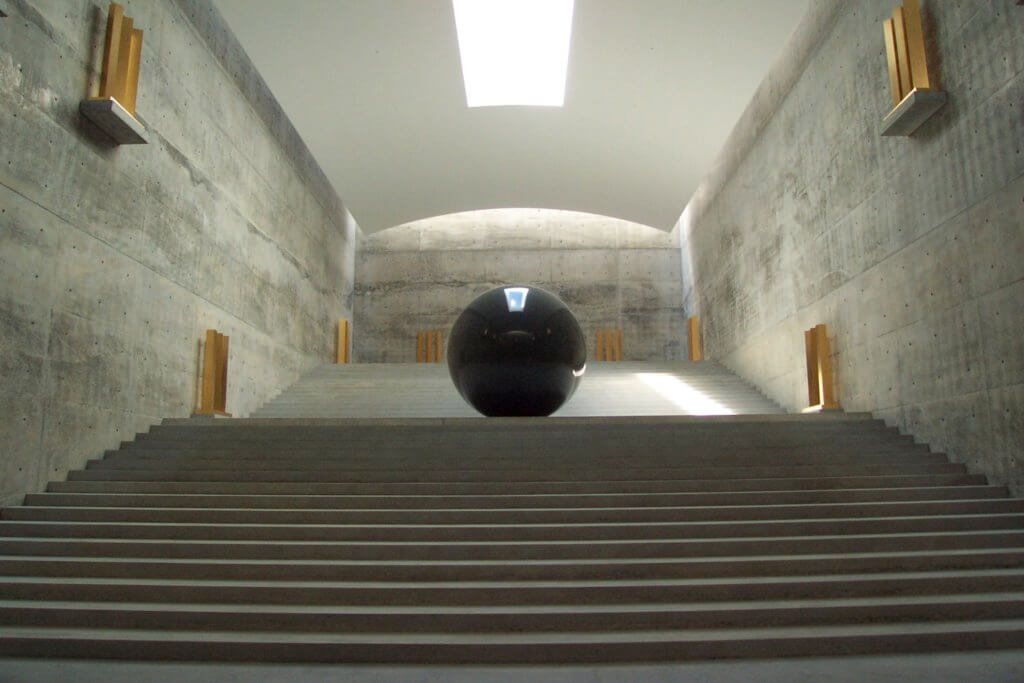
Chichu Art Museum was constructed in 2004, built mostly underground to avoid affecting the beautiful natural scenery of the Seto Inland Sea. Artworks by Claude Monet, James Turrell, and Walter De Maria are on permanent display in this building designed by Tadao Ando. Despite being primarily subterranean, the museum lets in an abundance of natural light that changes the appearance of the artworks and the ambience of the space itself.
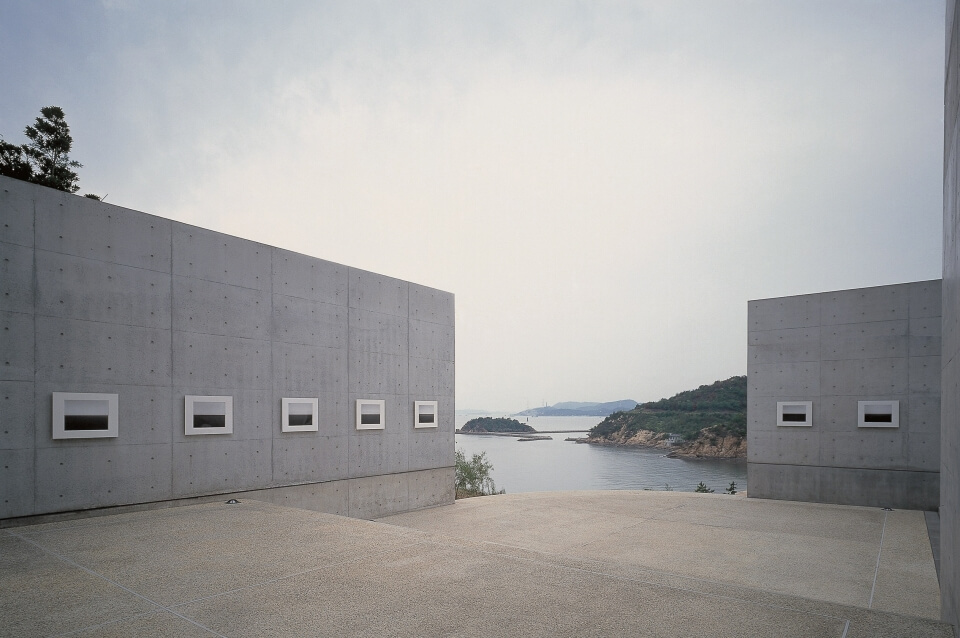
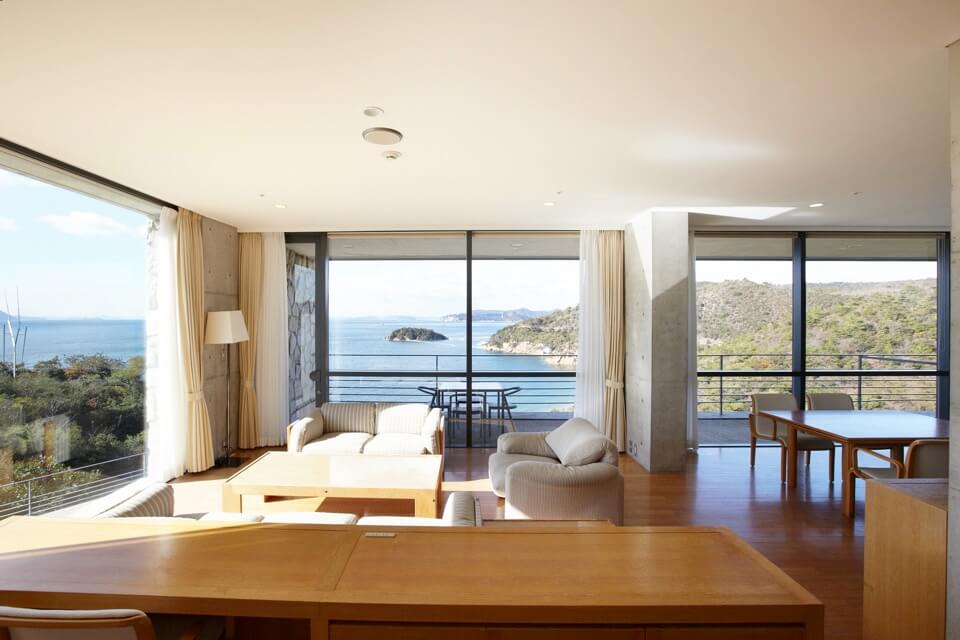
Designed by Tadao Ando as well, Benesse House Museum opened in 1992 as a facility integrating a museum with a hotel. No doubt I am staying here when I visit. The same museum building houses the hotel. Not just this is an extraordinary opportunity to enjoy the sea views and artworks on your own time but residents also gain exclussive access to the Oval Room. This is a rare site where nature, art and architecture come together in an environment containing numerous site-specific artworks created for the natural environs of Naoshima or inspired by the architectural spaces they inhabit.
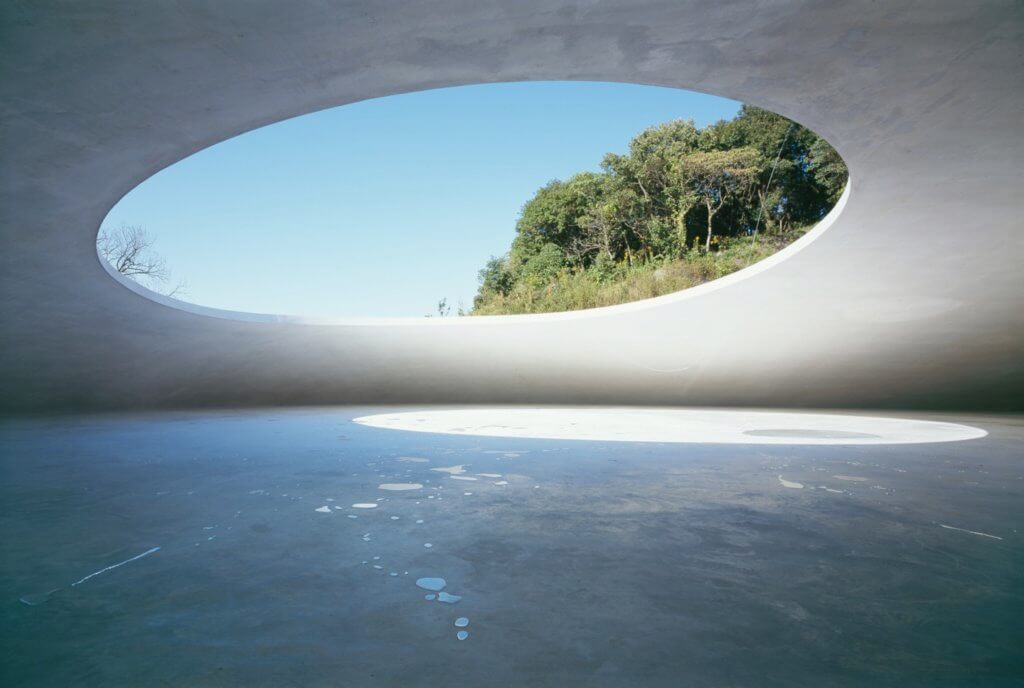
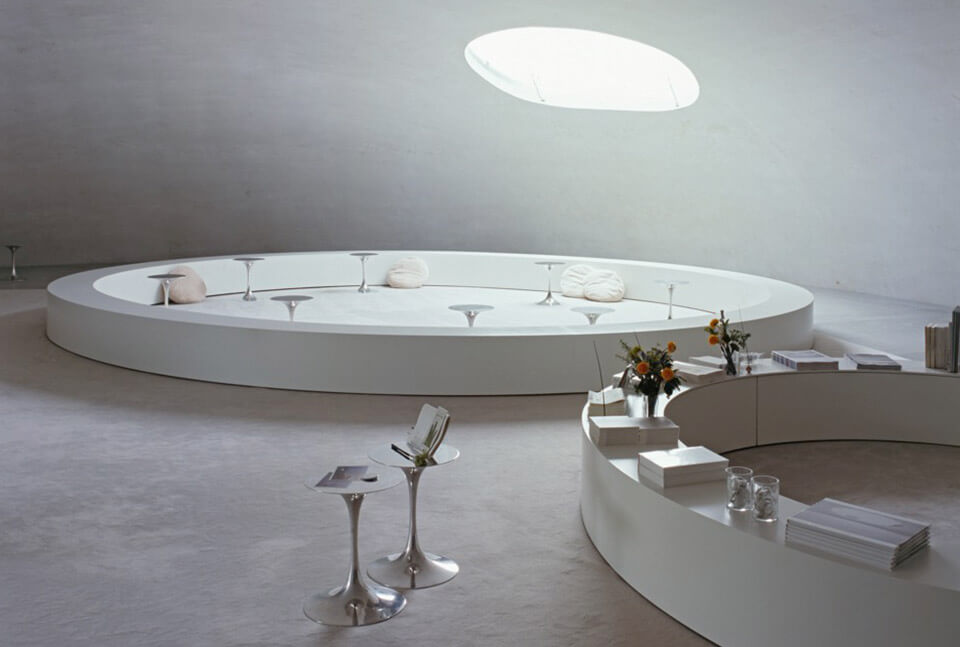
Teshima Art Museum stands on a hill overlooking the Seto Inland Sea. Artist Rei Naito (b.1961, Hiroshima, Japan) and architect Ryue Nishizawa (b.1966, Tokyo, Japan) have created this setting in which nature, art and architecture come together in harmony. The museum is a low concrete-shell structure without pillars or columns to support it. It resembles a water droplet seating proud and it is located in the corner of a rice terrace. Two oval openings allow in water, wind, sounds and light from the outside.
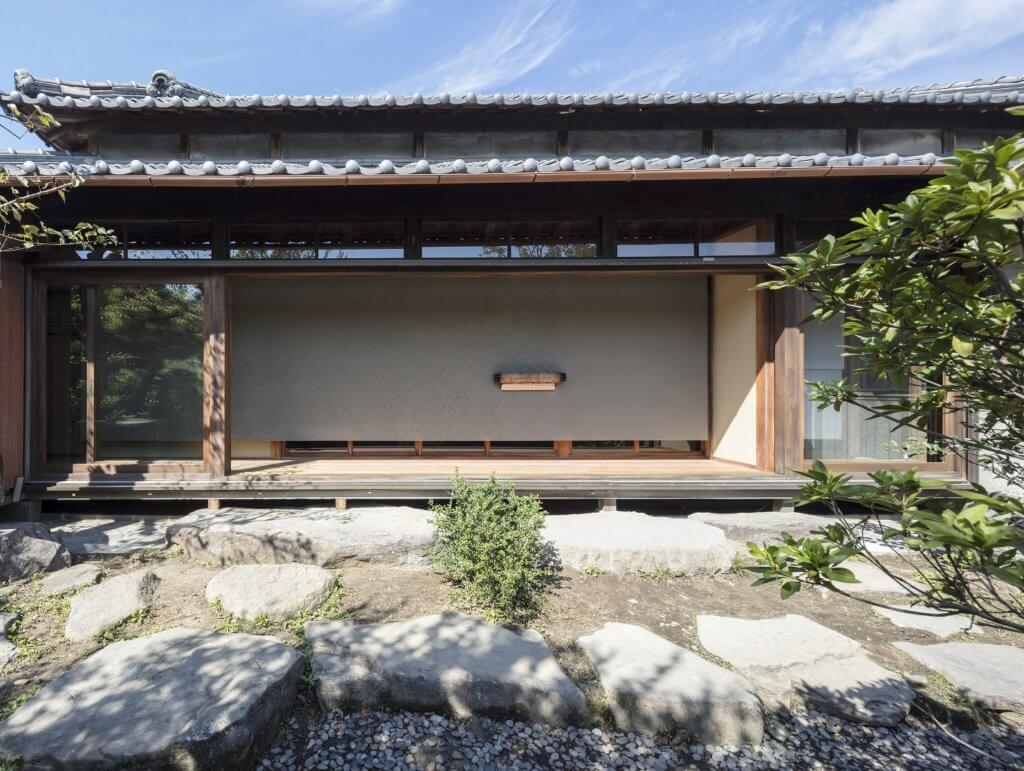
In the old Teshima Seawall House, along the shore in which the art work by Anri Sala (b.1974, Albania) is set. The rhythm of drums, the sound of music boxes and different video footage of both, an improvising saxophone and a shakuhachi (a Japanese bamboo flute) resonate. They give the impression of the house as an organic entity, pulsing with life. The once-abandoned house is brought to life, inviting viewers to reflect on the displacement and lives of human beings as well as to physically experience different worlds: outside and inside, eastern and western, contrasting instruments, ocean and sky, social and private, the artificial and the natural.

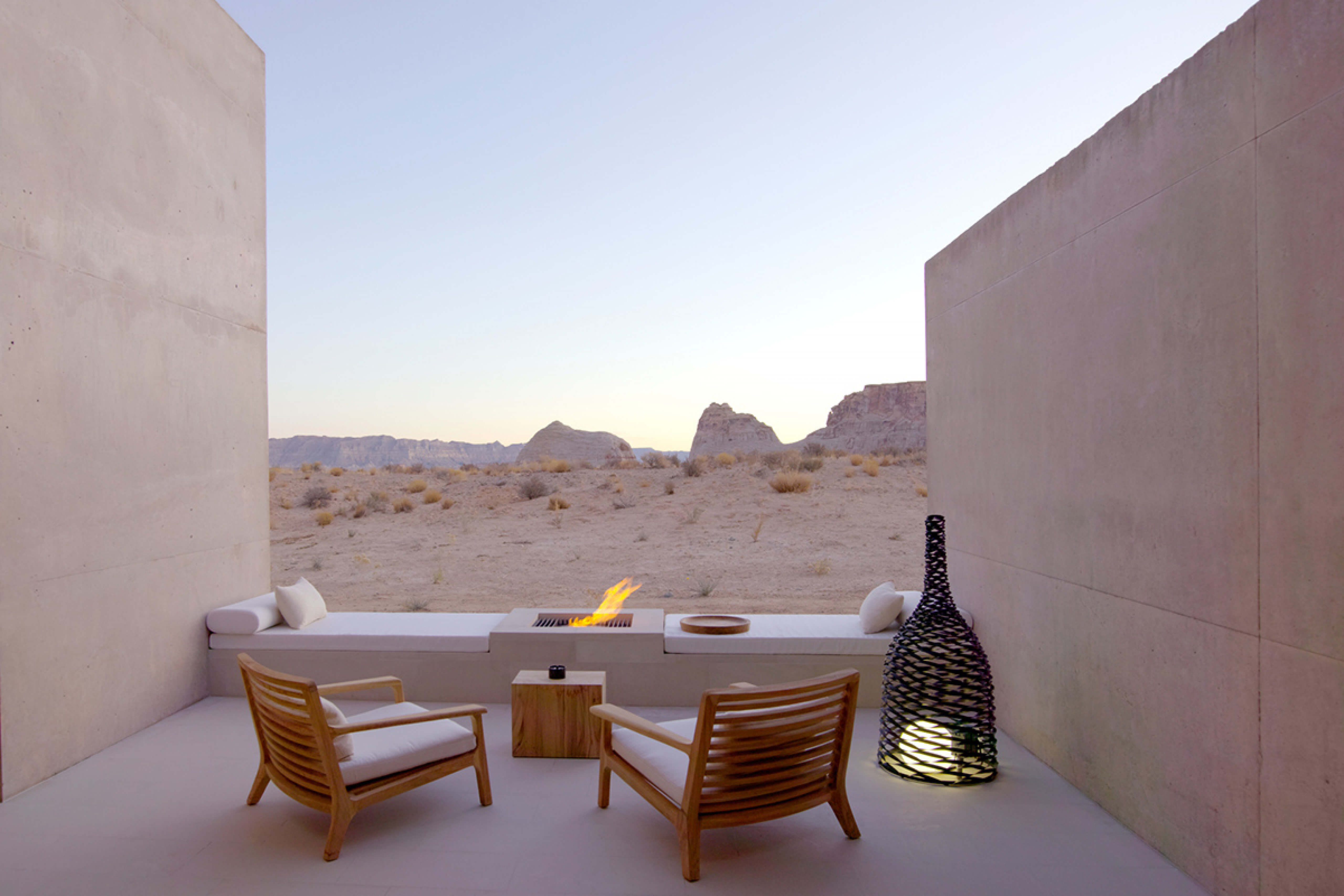
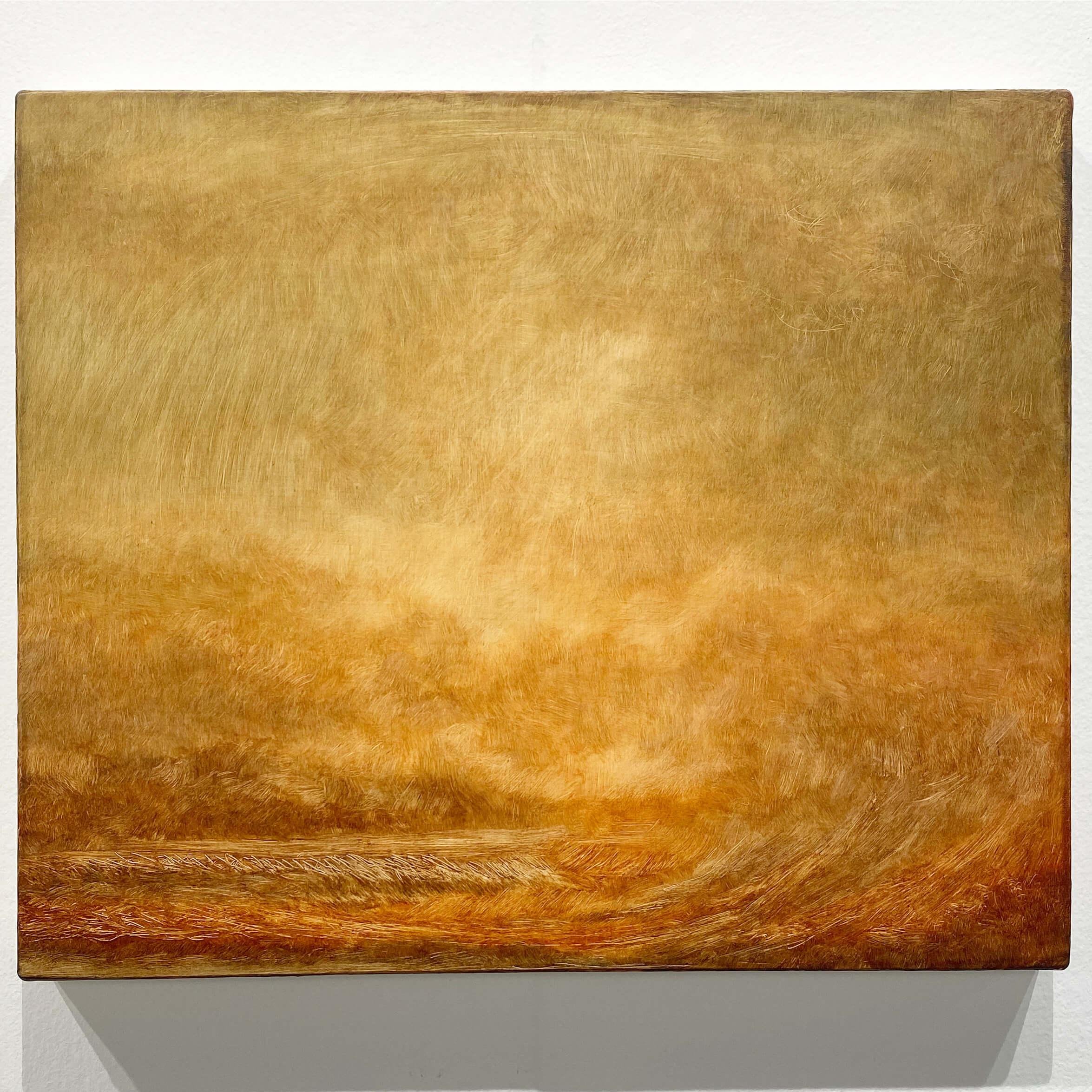
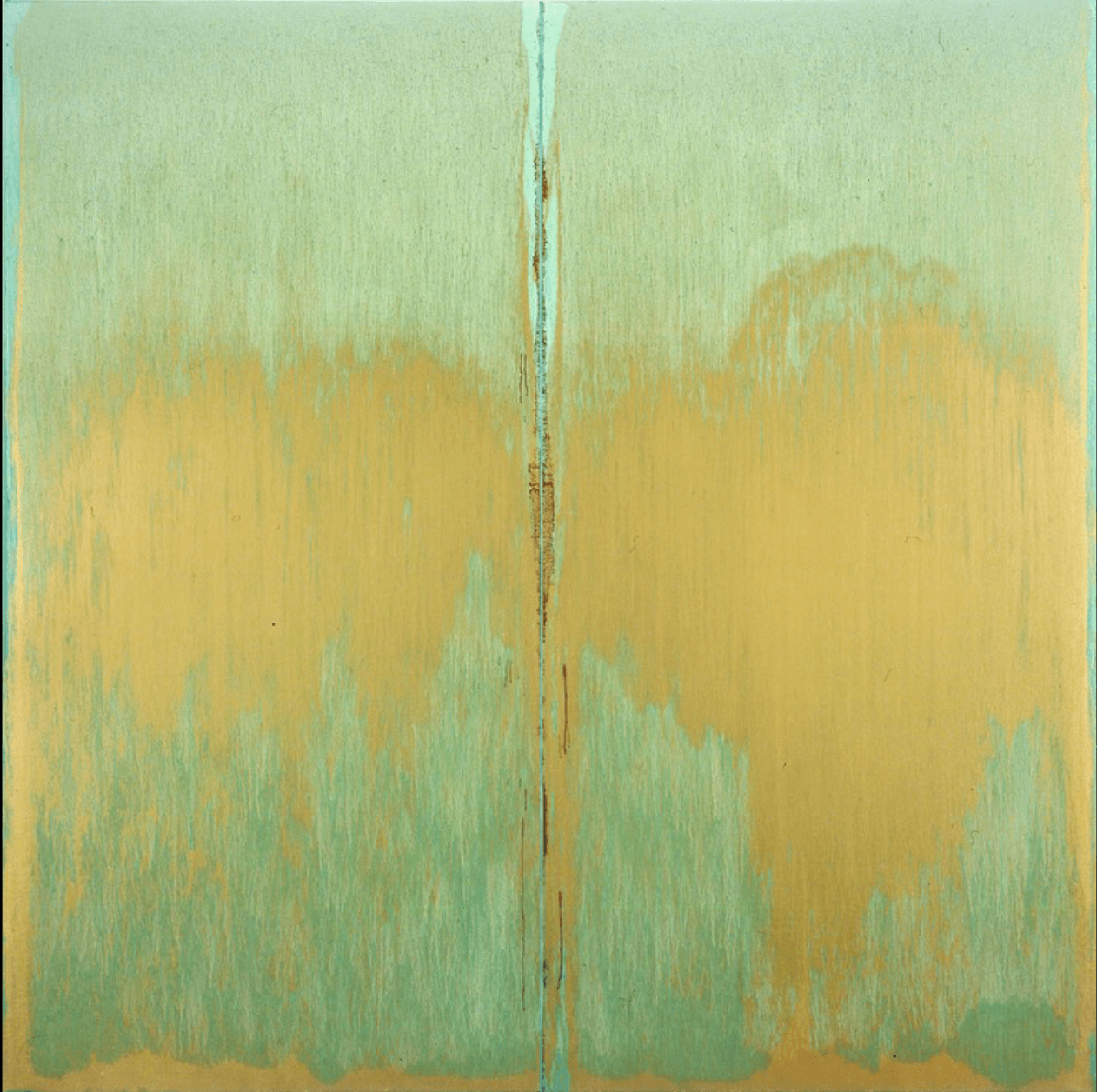

2 Comments
Wow. I want to experience all of this
That is the spirit! Tom, thank you.